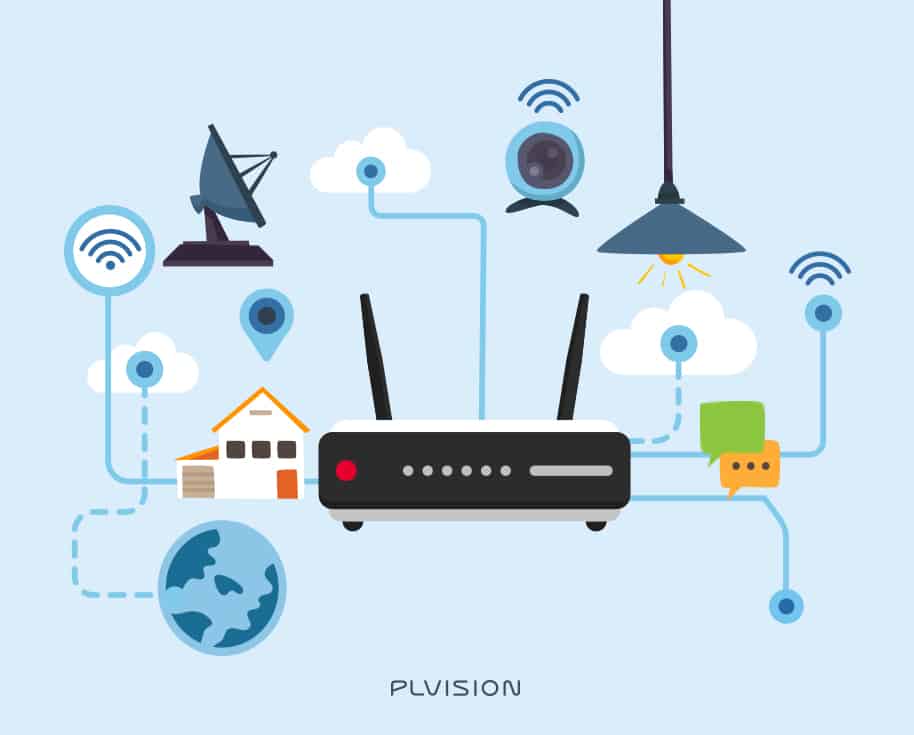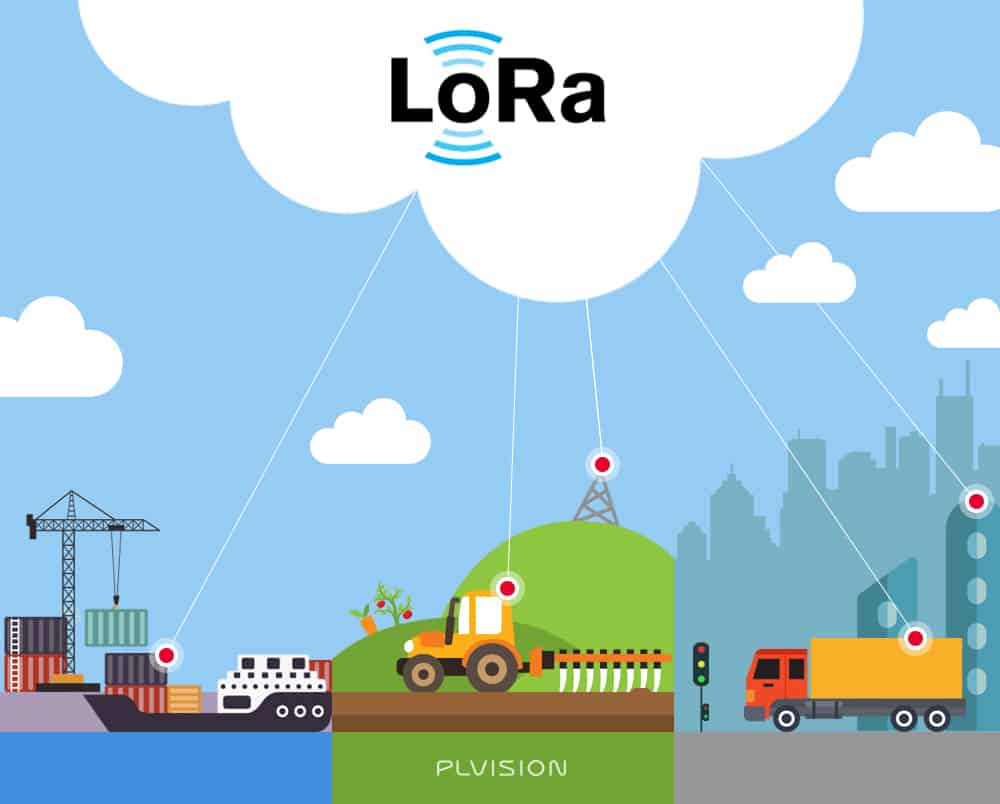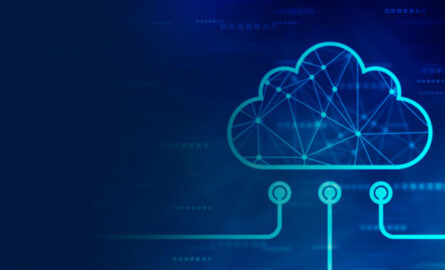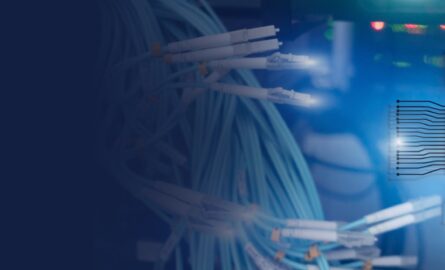The IoT technologies: Divide and connect
Over the past several years the Internet of Things has evolved beyond recognition, opening up new possibilities and changing how businesses, governments, and even private households function. For some people the IoT is about digital connectivity and centralized control, while for others it’s about access to data, providing invaluable business insights that were impossible to obtain just about a decade ago. This diversity of use cases is what makes the IoT so differentiated in terms of protocols, devices, and technologies.
As advanced as IoT solutions may be on the outside, at its core they consist of a strictly defined software set that is tailored specifically to meet the end-user’s needs. For example, a smart home system does not require low energy consumption as the energy source is always near, but it gravitates towards broad bandwidth requirements for real-time data exchange. A sensor placed on industrial equipment, on the contrary, requires an extended battery life, but does not necessarily need broad bandwidth, as the signals it sends and receives are much rarer in time. Bandwidth and energy consumption are just two technical factors to take into consideration when building an IoT infrastructure, with implementation cost being a key business factor.
With the variety of IoT protocols and technologies that exist today, different tasks and use cases can be addressed effectively with different technological solutions. One of the latest and most discussed IoT innovations is LoRa (LoraWAN) – an open source LPWAN standard developed by SemTech that has boomed thanks to the crowdfunding effort of The Things Network initiative, as well as support by tech giants like IBM and Cisco.
What is it that LoRa has to offer to the IoT world that other IoT technologies don’t have?

LoRa’s promise
Disclaimer: LoRa is unlikely to become the ultimate IoT technology that will kick WiFi and Bluetooth off the scene, although its creators’ goal is rather ambitious – “global adoption of the LoRaWAN standard by ensuring interoperability of all LoRaWAN products and technologies, to enable the IoT to deliver a sustainable future” [1]. While the fulfillment of this mission remains to be seen, LoRa can be a perfect choice for a particular set of IoT scenarios thanks to its unique combination of features.
Ultra-low energy consumption
A node running LoRA is expected to have very long (nearly 10 years) battery life thanks to the protocol’s low energy consumption, in contrast with WiFi nodes that usually require constant or frequent charging.
Low bandwidth: Not an issue?
LoRa’s bandwidth is limited to 32 kbit/s, which makes it useless for live multimedia streaming. On the other hand, if you need to receive periodic status updates about the state of your assets with LoRa-enabled sensors installed on them, 32 kbit/s will do just fine.
Low cost
Thanks to the restricted bandwidth, a LoRa-based network will be much cheaper to implement and maintain than a network based on other protocols. Basically, network hardware requirements for a LoRa environment are much lower, and paired with low energy consumption, it can make a very cost-effective IoT infrastructure.
Unpreceded signal length
As has been already proven in deployments like Sydney’s first LoRaWAN-based IoT network [2], the protocol can communicate wirelessly over the distance of 15+ kilometers (in comparison, the longest distance a WiFi signal has ever reached is a couple hundred meters).
Geolocation: An alternative to GPS
The only LoRa’s promise that is yet to be field-tested is its ability to provide geolocation data without GPS – a feature that can be invaluable under conditions when location tracking by other means is impossible.
Open source beats all
While there are commercial technologies that can match LoRa in some of its specifications (for instance, SigFox [3]), what makes it so attractive is its open source license. Using LoRa in your IoT infrastructure means that you aren’t tied either legally or technically to any vendor, which is quite beneficial for business, communal, and personal use. Basically, any operators and businesses can provide LoRa-networks within their proprietary service models, and also use LoRa-based infrastructure internally for their business needs.

Hands-On Exploration of SONiC in Optical Transport Networks
Learn why the launch of SONiC-OTN extends SONiC's capabilities into the domain of Optical Transport Networks, offering a comprehensive solution for managing both optical and packet-based networks on a unified platform.
LoRa: Use cases
Considering LoRa’s specifications and successful use cases, we can single out some of its most typical applications, mainly in the Industrial IoT.
Transportation
LoRa is an ideal technology for tracking deliveries thanks to its economical energy usage and low cost of deployment. Vast quantities of items can be equipped with LoRa-based sensors, providing accurate and timely data about the packages’ location, weight, temperature, etc., and logging it into a Cloud. For end-consumers, it means getting timely information about the exact status of their delivery. For transportation and logistics companies – getting vital business data about the quality and speed of their deliveries, detecting any mishaps on the fly, and thus boosting customer satisfaction.
Asset monitoring
Along with tracking deliveries, LoRa can be helpful in monitoring the state of stationary equipment and assets. Its application can span over dozens of industries from farming and agriculture to oil and gas production. Getting regular updates on the state of your assets enables improved decision making, safety control, and fast response to crucial changes or issues. This is especially relevant for field assets, for example remotely located oil platforms – equipping them with low-energy LoRa-enabled sensors ensures constant, long-range data feed without any additional effort.
Smart city
Several (mainly European) telecom operators have already started providing LoRa-based IoT networks for organizations that require long-range communications between their IoT-enabled devices, but can work with low bandwidth. This tendency can be seen in locations that develop smart city projects using LoRa’s possibilities [4]. The list of applications in this case includes any smart city systems that do not need constant, real-time data streaming, such as smart parking, metering, waste management, etc.
Smart building
Smart home is unlikely to adopt LoRa widely anytime soon, with the exception of cases when access is required over a much longer distance than a typical smart home allows. However, smart building is a segment which can put LoRa to a good use. Building and facility automation comprises all their critical systems, such as security, climate control, fire alarm, lighting, and more. This is definitely something LoRa can handle, allowing sensors to operate without constant power supply for years, which is especially convenient for places and locations that are hard to reach physically. Instead of focusing on constant maintenance of expensive sensors running bandwidth-heavy, energy consuming protocols, you can set up an infrastructure and divert maintenance effort and investment to business-critical tasks. And if you imagine not an office building, but a factory with dozens of premises and thousands of sensors, the numbers can be quite convincing.
Conclusion
LoRa’s potential is being realized by more and more businesses each year. A unique combination of characteristics makes it a perfect protocol for use in a number of IoT deployments, like smart city systems, IoT-enabled transportation, asset monitoring, and smart building. What LoRa lacks in bandwidth, it greatly compensates with its cost- and energy-efficiency as well as long-range signal reach. Recent deployments of smart city projects featuring LoRa only prove the technology’s immense potential. Its open source license provides an unpreceded freedom of use for a technology of this type, and will certainly allow it to become an integral part of the IoT technology stack.
- LoRa: Enabling a Cost-Effective, Low-Energy IoT Infrastructure - June 12, 2018




